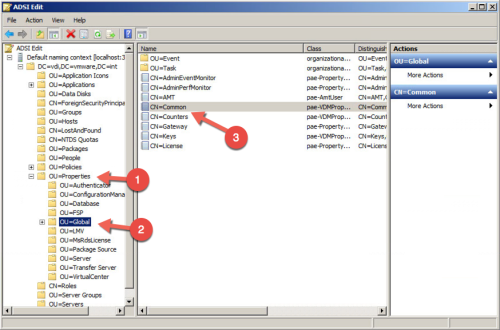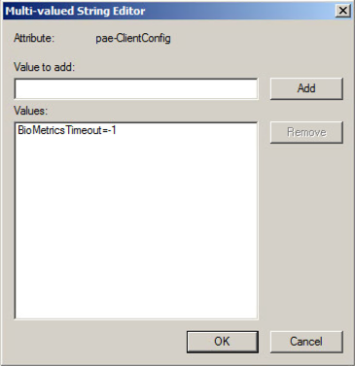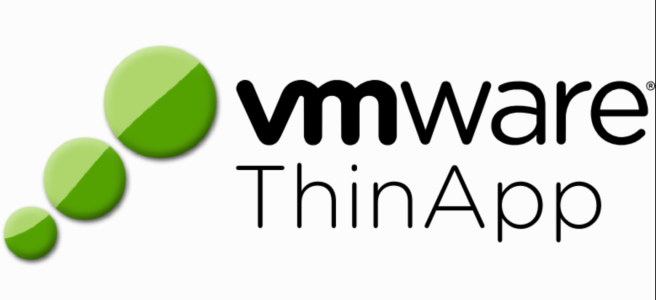Several months ago I wrote a blog post on how VMware App Volumes can be deployed in a multi-site deployment. You can find the blog here.
With the release of App Volumes 2.10, for more information on the release see the information here, there has been a great improvement of the way App Volumes handles Storage replication. In this Blog I will explain how the new storage replication works and how to configure your storage groups to take advantage of this improved feature.
The main change that has happened when when looking at configuring storage groups and datastore’s is the ability to make datastore’s non-attaching. What does this mean, well basically a non-attaching datastore would be a place to create AppStacks but those AppStacks would never be attached to a desktop from this datastore.
The non-attached datastore would then be a member of a storage group or a number of storage groups. These storage groups would then replicate the AppStacks from the non-attached storage to all the other datastore’s with in the storage group.
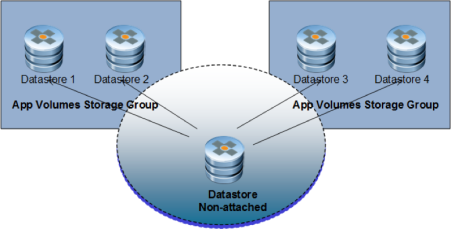
Now how will this look when deploying App Volumes to multiple sites here is a high level architecture of how this could be deployed. As you can see from this diagram at least 1 vCenter from each site will need access to the non-attached datastore.

How to create the New Storage Group
First create the non attachable storage
With in the App Volumes Manager click on Infrastructure, Storage then select the storage to be non-attachable then click Make As Non Attachable.
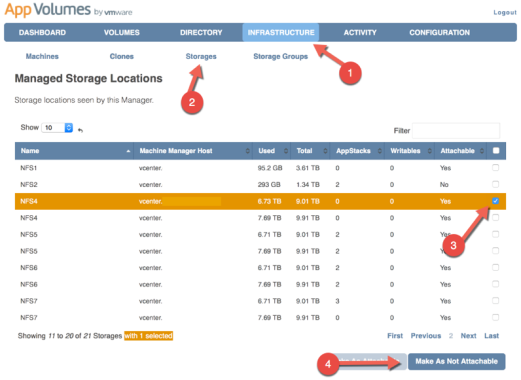
Now create a Storage group
With in the App Volumes Manager click on Infrastructure, Storage Groups then click Create Storage Group

Give the storage Group a Name. Then select the required options. When choosing the datastore’s make sure to include the datastore’s that will be used to attach the AppStacks from as well as the non-attachable datastore. Click Create.

As you can see from the image below I have created 2 Storage Groups one for each site and the Non-Attached storage, NFS2, is included in each Storage Group.

Now all you need to do is create AppStacks on the non-attachable storage and they will automatically be copied to all the other datastores in the storage groups.



















